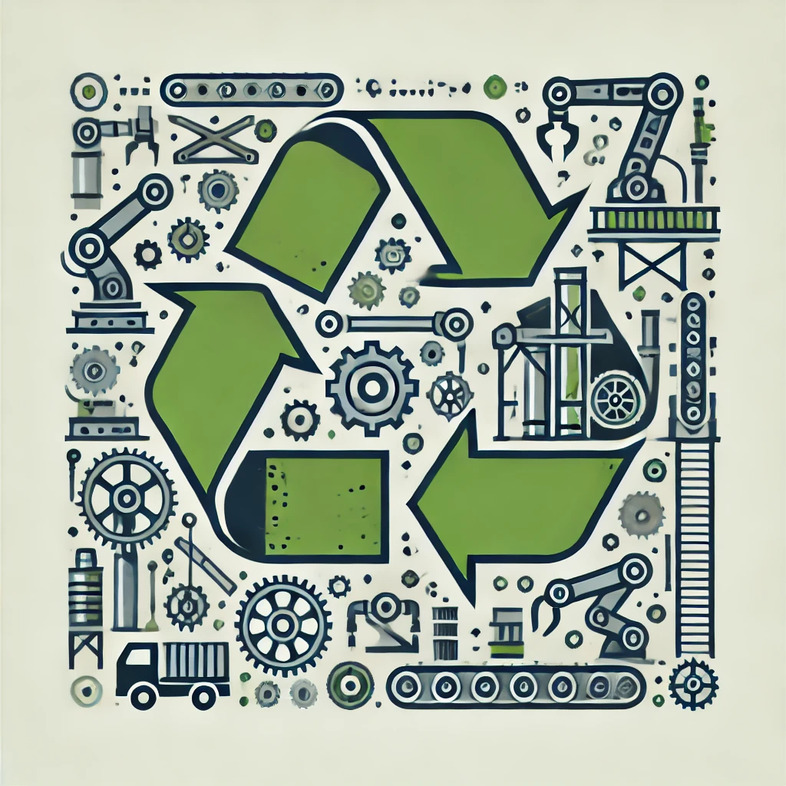
The Benefits of Reuse and Recycling Manufacturing Equipment for Sustainability
In today’s industrial world, the need for sustainable practices has never been more pressing. Manufacturing is one of the largest contributors to global carbon emissions, with the sector responsible for approximately 19% of direct global CO2 emissions. However, one powerful yet often overlooked way to reduce this environmental footprint is through the reuse and recycling of manufacturing equipment.
Reducing CO2 Emissions through Reuse
When manufacturing equipment is reused instead of being discarded, companies can significantly lower their carbon footprint. Manufacturing new equipment often involves energy-intensive processes such as mining, smelting, and machining, all of which contribute to greenhouse gas emissions. According to the United Nations Environment Programme, recycling metals alone can reduce CO2 emissions by up to 60%, depending on the material. By reusing and refurbishing existing machinery, companies can prevent tons of CO2 from being released into the atmosphere.
Economic Savings and Resource Efficiency
Beyond the environmental benefits, reusing and recycling equipment can lead to significant cost savings. It is estimated that businesses can save up to 50-75% of the cost of purchasing new machinery by opting for refurbished equipment. In addition, recycling and reusing parts extends the lifespan of assets, reducing the need for frequent capital expenditure. Furthermore, the circular approach to equipment management helps companies become less reliant on volatile raw material markets, making their operations more resilient and resource-efficient.
Preserving Natural Resources
Recycling and reusing machinery also play a crucial role in conserving finite natural resources. The production of new industrial equipment often requires the extraction of raw materials such as iron, aluminum, and rare earth metals. Each ton of steel recycled saves 1.5 tons of iron ore, 0.5 tons of coal, and 40% of water usage. By recycling these materials, the demand for new extraction is reduced, protecting ecosystems from further degradation and pollution.
Towards a Circular Economy
Ultimately, the reuse and recycling of manufacturing equipment align with the principles of a circular economy, where resources are kept in use for as long as possible. This not only reduces waste but also supports the global transition to a more sustainable industrial future. As companies become more aware of the environmental impact of their operations, embracing equipment reuse and recycling is a step toward reducing carbon emissions, conserving resources, and building a greener world.
In summary, reusing and recycling manufacturing equipment offers environmental and economic advantages, significantly contributing to sustainability goals.
